What is PV Photovoltaic Glass?
Photovoltaic glass is a type of glass that is designed to generate electricity from sunlight. It is also commonly known as solar glass or solar panel glass. PV glass is made by coating a layer of photovoltaic material, such as amorphous silicon or cadmium telluride, onto a glass surface. When sunlight strikes the glass, it generates an electric current, which can be used to power electronic devices or stored in batteries for later use.
Low-iron Photovoltaic Glass is commonly used in Building-Integrated Photovoltaics (BIPV) systems, which are integrated into building facades, windows, and roofs to generate electricity and reduce energy costs. PV glass can also be used in traditional solar panel systems, which are typically made up of an array of solar cells connected together to generate electricity.
Low-iron Photovoltaic Glass has several advantages over traditional solar panels, including its lightweight and transparent nature, which allows it to be integrated into building designs without compromising aesthetics. It also has the potential to provide more energy efficiency than traditional solar panels because it can capture light from both sides of the glass.
Low-iron Photovoltaic Glass technology is rapidly advancing, with the development of new materials and manufacturing techniques that are making it more efficient, durable, and cost-effective.
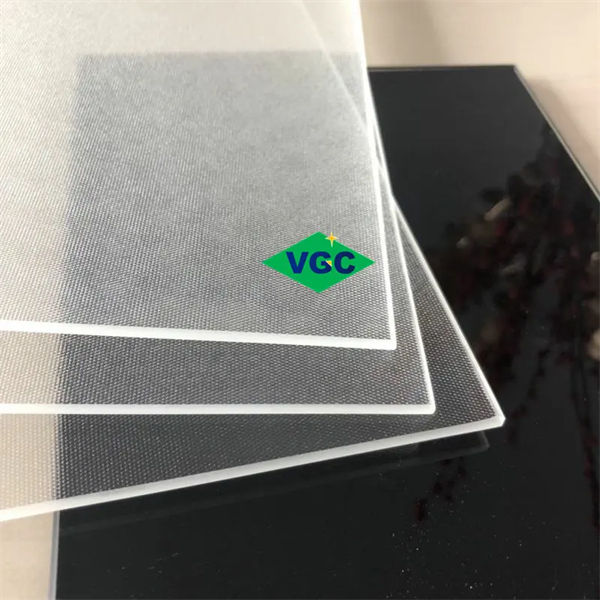
Photovoltaic-PV-Glass
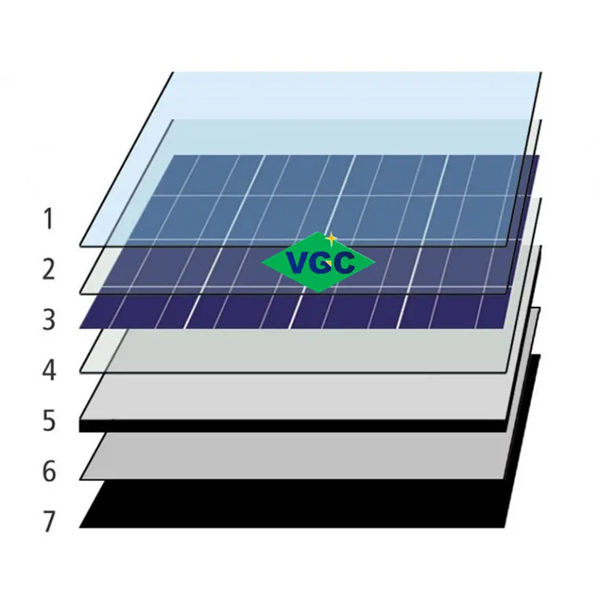
PV-SOLAR-PANEL-GLASS
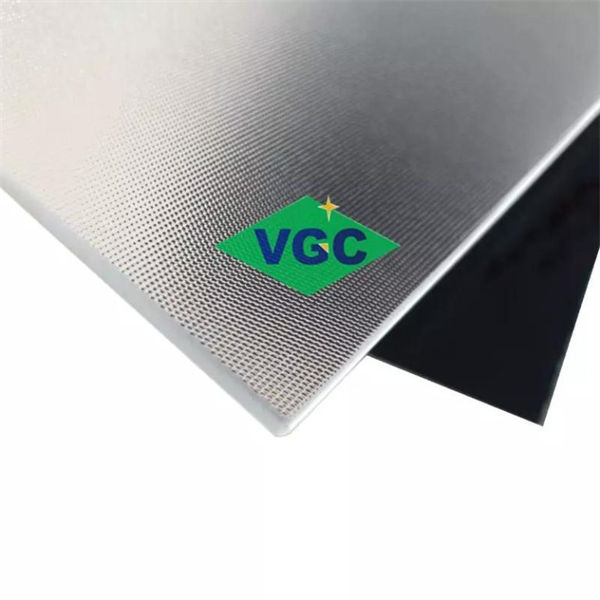
extra-clear-pattern-solar-glass1-768×768
How to clean Photovoltaic Glass ?
Cleaning solar glass is important for maintaining the efficiency and effectiveness of your solar panels. Here are some general steps you can follow to clean Photovoltaic (PV) glass:
- Turn off your Photovoltaic (PV) glass : Before you start cleaning, turn off your solar panels to ensure your safety and prevent any electrical shocks.
- Inspect the panels: Inspect the panels for any damage or signs of wear and tear, such as cracks or scratches. If you notice any damage, contact a professional to assess and repair the panels.
- Remove debris: Use a soft-bristled brush or a clean, dry cloth to remove any loose debris, such as dust, leaves, or bird droppings. Be gentle to avoid scratching the surface of the glass.
- Apply a cleaning solution: Mix a solution of water and mild soap or a specialized solar panel cleaning solution. Avoid using harsh chemicals or abrasive cleaners that can damage the glass. Apply the solution to the glass using a soft cloth or sponge.
- Scrub the glass: Gently scrub the glass with the cloth or sponge to remove any remaining dirt or grime. Be sure to clean around the edges and corners of the panels.
- Rinse the glass: Rinse the glass with clean water using a hose or a bucket. Be sure to remove all soap and cleaning solution residue.
- Dry the glass: Use a squeegee or a clean, dry cloth to dry the glass surface. Be sure to remove all moisture to avoid streaking or water spots.
It’s recommended to clean solar glass panels once or twice a year, depending on the environment and weather conditions. If you live in an area with heavy pollution or frequent storms, you may need to clean the panels more frequently.
The Float Tempered Solar Glass VS Photovoltaic (PV) Glass
Float Solar Panel Glass:
- Float solar glass is made using a float glass manufacturing process, where molten glass is poured onto a bed of molten tin and allowed to cool and solidify into a flat and uniform surface.
- The surface of float solar glass is smooth and even, which reduces light reflection and maximizes the amount of light absorbed by the solar cells. However, some light may still be reflected, which reduces efficiency.
- Float solar glass is commonly used in traditional solar panel systems because it is cost-effective and efficient in high-light conditions.
Photovoltaic (PV) glass:
- Prismatic Photovoltaic (PV) glass is made by pressing a sheet of glass into a pattern of prisms or pyramid shapes, which reflect and refract light in multiple directions to increase absorption.
- The prisms or pyramid shapes on the surface of prismatic solar glass trap more light and allow the solar cells to capture more energy, especially in low-light conditions.
- However, prismatic solar glass can be more expensive to produce than float solar glass because of the additional manufacturing process required to create the prisms or pyramids.
- Prismatic Photovoltaic (PV) glass is commonly used in concentrated photovoltaic (CPV) systems that use lenses or mirrors to concentrate sunlight onto a small area, as it can increase the efficiency of the system.
In summary, float solar glass is a cost-effective and efficient option for traditional solar panel systems in high-light conditions, while prismatic solar glass is more expensive but can improve efficiency in low-light conditions and is commonly used in concentrated photovoltaic systems.
The Types of VGC Photovoltaic Glass
VGC is Solar Glass Manufacturer/Tempered Solar Glass Supplier. VGC solar glass includes:Clear Float Glass, Tempered Clear Glass, Extra Clear Glass and Low Iron Pattern Glass.
FLOAT GLASS SOLAR GLASS is the substrate of solar back glass, it is further processed (edge grinding, hole drilling and tempering) . Compared with conventional back sheet (TPT), back glass has an excellent durability performance. By using advanced equipment, we can provide back glass with highest process precision and big capacity.
LOW IRON EXTRA CLEAR GLASS is an ultra-transparent subway glass with a light transmittance of over 91%. It has crystal clear and elegant characteristics. It is called the”crystal prince”of the glass family. The ultra-white glass has good machine ability and superiority. Physical, mechanical and optical properties.
LOW IRON PATTERN GLASS is formed with a diamond pattern on one face and a smooth pattern on another, and then is further treated by tempering process. It is mainly used for the cover of PV modules or flat solar water collectors and also used as greenhouse Glass.
Solar low iron pattern glass has its unique recipe and special pattern, which ensures highest solar transmission by greatly reducing light reflection and absorbing, and therefore increases photoelectric conversion efficiency or solar-thermal conversion efficiency.
Thickness 3.5 mm and 4.0 mm mainly.
Photovoltaic Glass for Solar Panels
| Clear Series: Clear Float Tempered Low Iron Float Tempered Clear Float Tempered + 2AR Low Iron Float Tempered + 2AR |
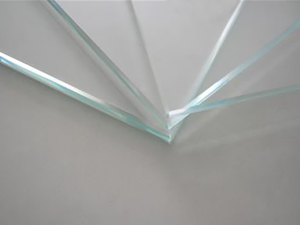 |
| Diffused Series: Clear Prismatic Tempered Low Iron Prismatic Tempered Clear Prismatic Tempered + 2AR Low Iron Prismatic Tempered + 2AR |
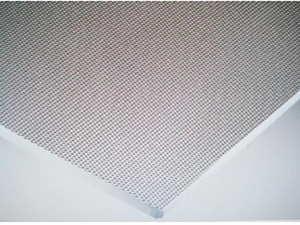 |
| Textured Series: Clear Matt Tempered Low Iron Matt Tempered Clear Matt Tempered + 2AR Low Iron Matt Tempered + 2AR |
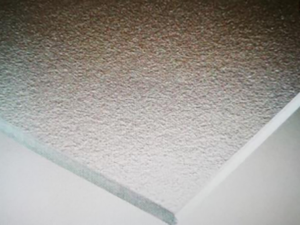 |
| Textured Series: Clear CustomTex Tempered Low Iron CustomTex Tempered Clear CustomTex Tempered + 2AR Low Iron CustomTex Tempered + 2AR |
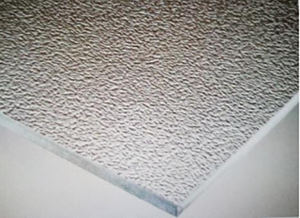 |
The Application of Photovoltaic Glass
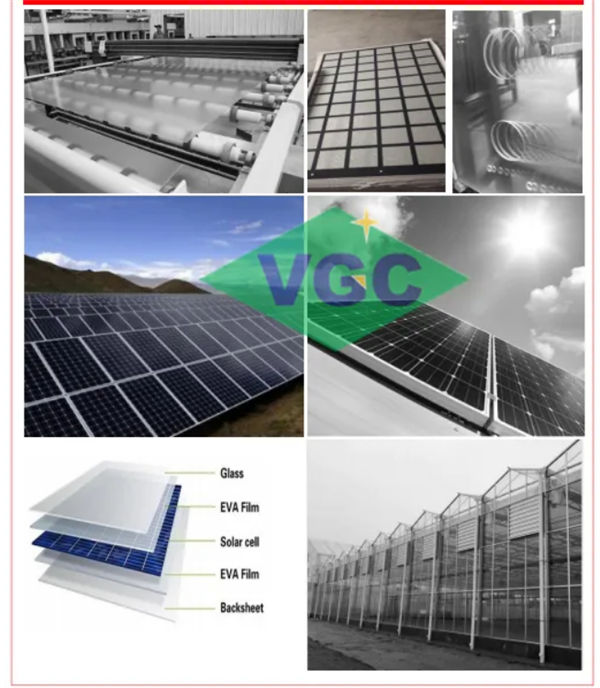
application-of-solar-glass
SOLAR GLASS RELATED GOODS AND TOPICS
- Extra clear solar glass
- Solar panel glass sheet
- Photovoltaic glass
- Clear glass solar panels
- China low iron patterned glass producer
